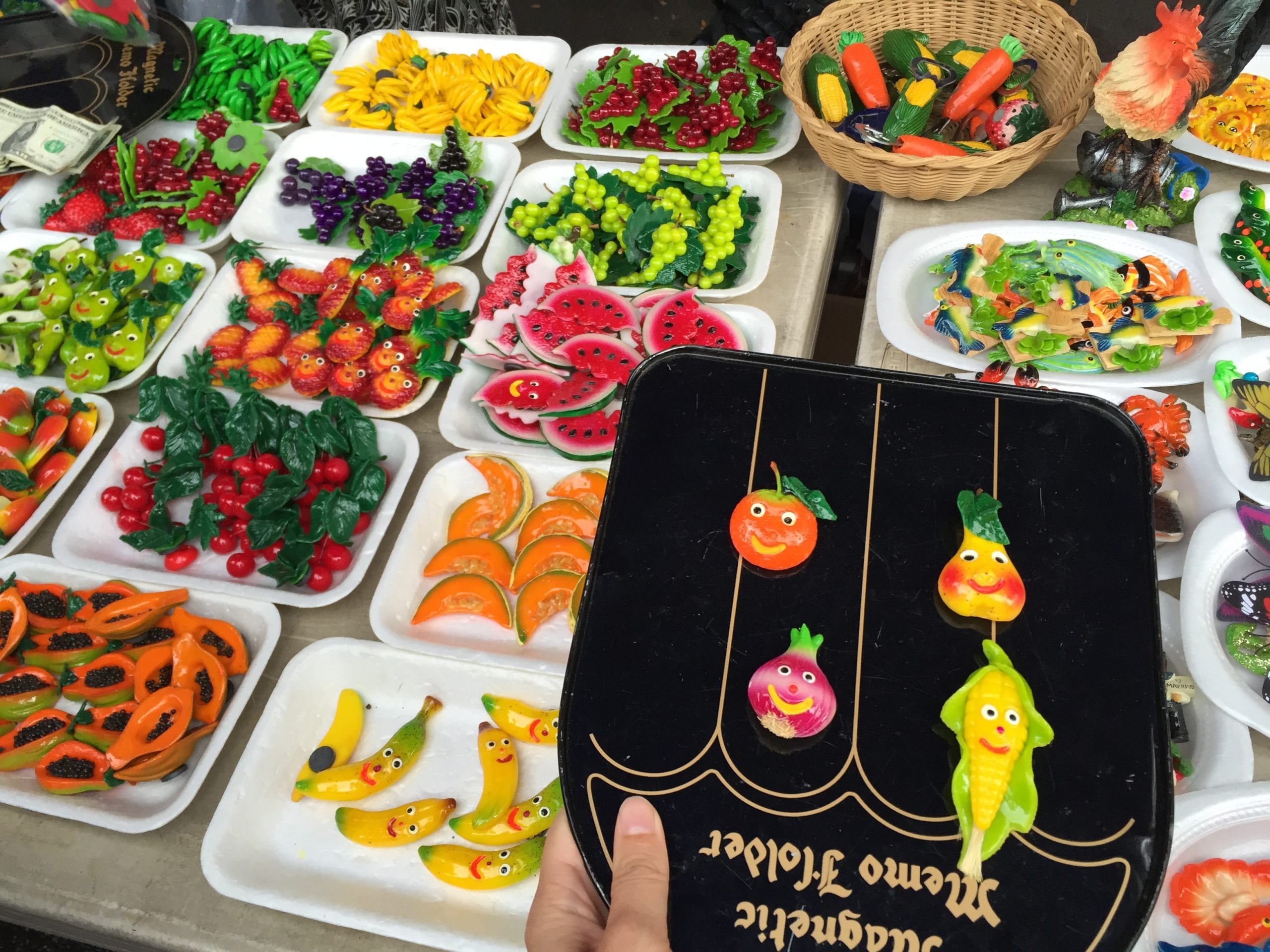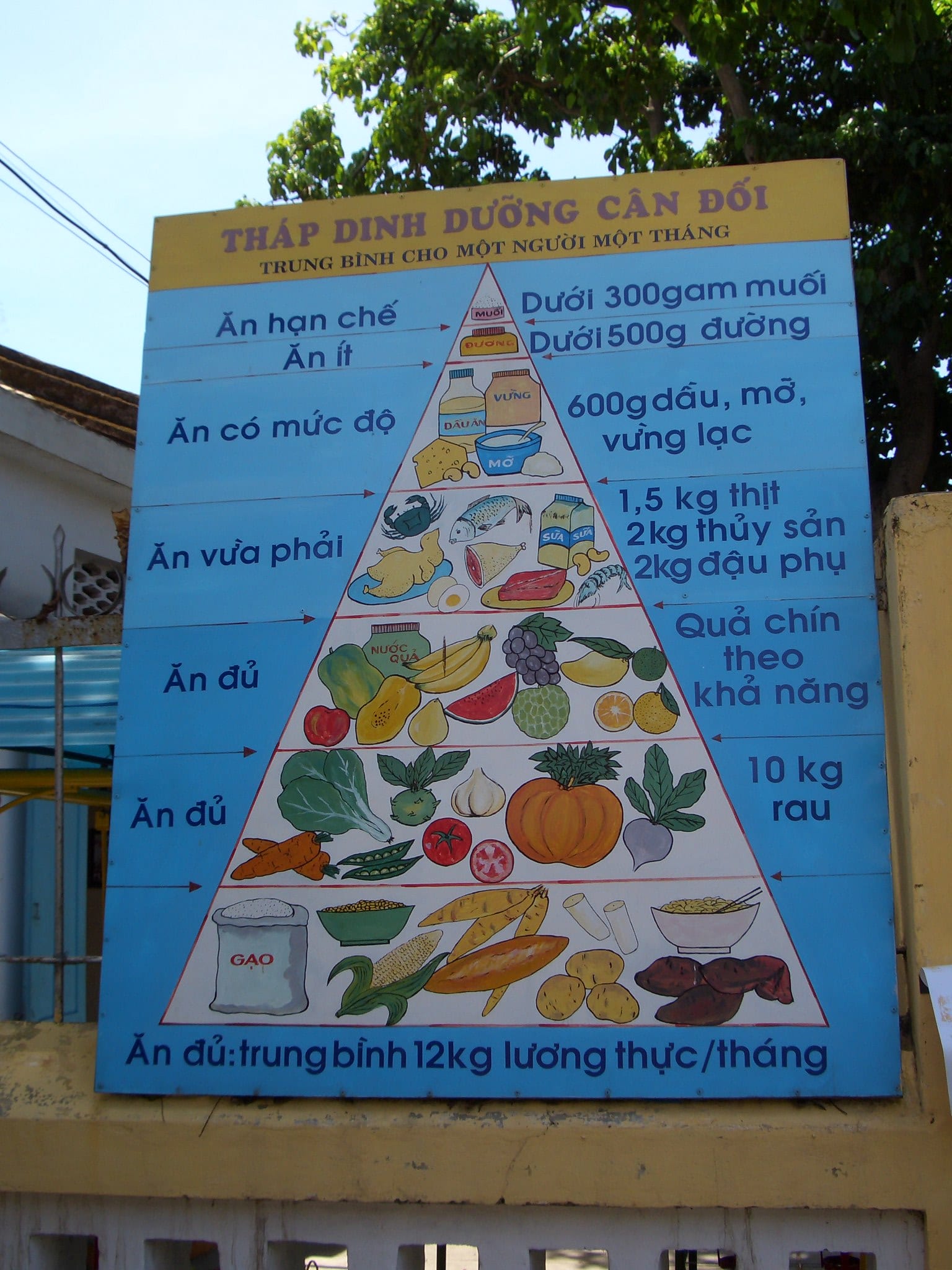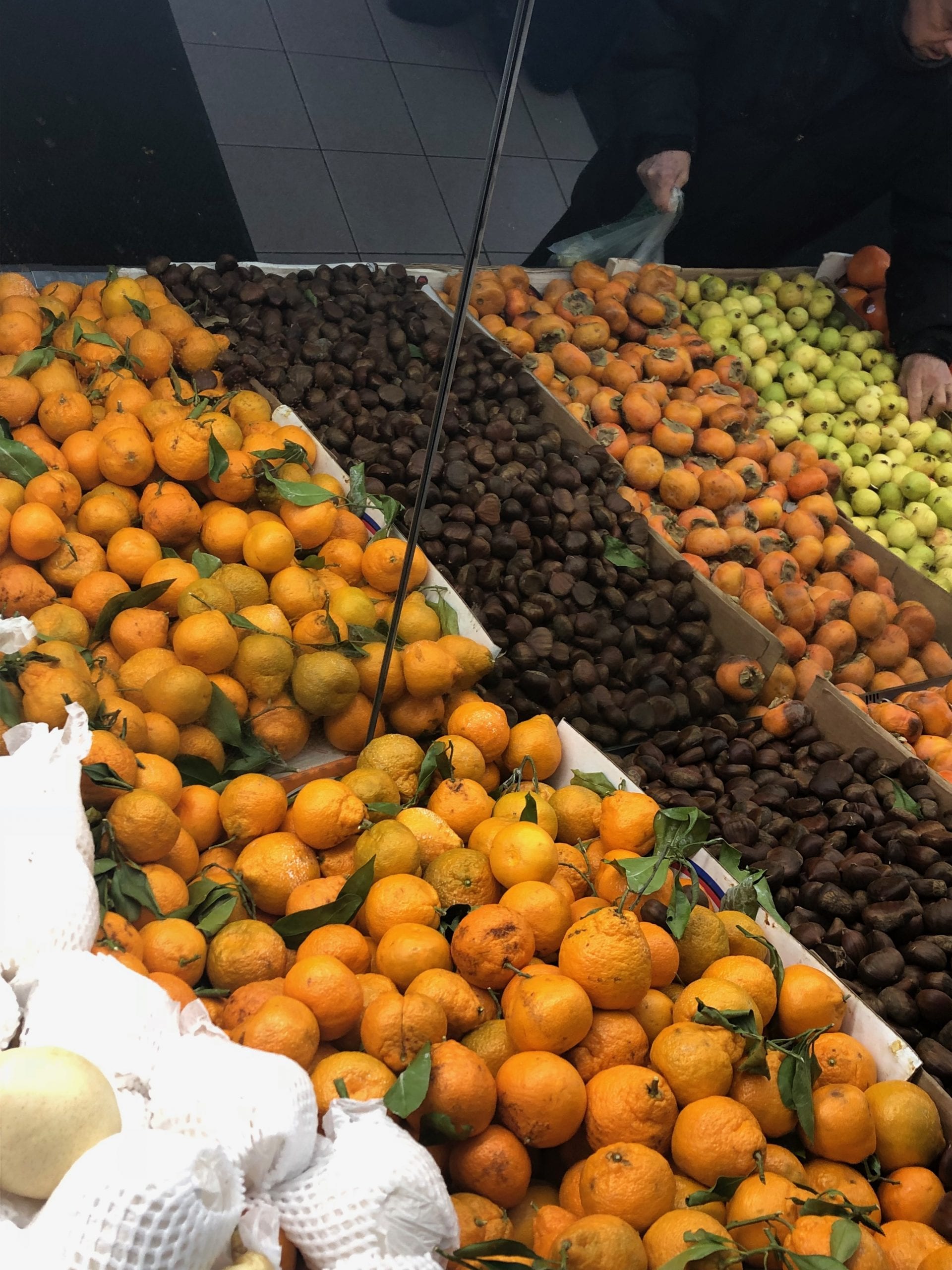My particular confluence of knowledge (a blend of economics, environmental policy, and crop science) tends to leave me completely overwhelmed by the discordance among human nutritional needs, environmental health, and global agricultural systems. So, I let out a tiny gasp of elation when the Lancet, one of the world's most prestigious general medical journals, released a report attempting to design optimally sustainable food systems from both a human health and land-use perspective. Here, a group of scientists was striving to make the interdisciplinary dietary and agronomic recommendations the world (and my brain) needs. I promptly dove into the sizable report, fully cognizant of the fact that there are huge caveats to anything that is prescriptive on a global scale. Nuance is duly sacrificed when painting in broad strokes. In spite of this allowance, one particularly murky recommendation haunted me. What was the Lancet referring to when it talked about… vegetables?

Vegetables, the nebulous chunk of the food pyramid we've been told to eat more of for decades, are technically defined as: “a plant or part of a plant used as food, such as a cabbage, potato, turnip, or bean.†But botanically, this word is meaningless. These food products are simply called plants. Meanwhile, fruit actually does have a botanical definition, “a seed-bearing structure that develops from the ovary of a flowering plant.†But culturally, we just don't adhere to that definition. Using botany's definition, eggplants, squash, peppers, and a whole medley of “vegetables†would actually be fruit. The squishiness of the vegetable definition becomes even more apparent when it is examined cross-culturally. In a global survey conducted by the World Health Organization, they picked up on a lot of vegetable nuance: Ghanaians don't consider cassava, yam and sweet potatoes vegetables; Chileans of a lower socio-economic status think of vegetables as basil, parsley, and other leafy flavoring plants; Italians don't classify peas, beans, or grains as vegetables; Thais considered some plants vegetables if eaten with a meal but not if the same plants were cooked for dessert; and Koreans did not count seaweed as a vegetable. So this begs the question: why are prestigious medical journals using a patently non-specific term for nutritional recommendations?

In the Lancet's report, an ideal diet consists of 78 kcal, 300 g macronutrients of vegetables per day. Vegetables were defined as, “all vegetablesâ€. Hm… not a particularly clear definition but, apparently completely distinct from the “tubers or starchy vegetables†category, of which we are supposed to eat a lesser 39 kcal, 50 g macronutrients per day according to the same report. Potatoes and cassava were listed as the definition for the starchy vegetable category, but left me feeling quite unclear about yams, plantains, sweet potatoes, and hearty squashes like butternut. Additionally separate and distinct categories were “legumes†and “nutsâ€. But, while peas are a legume, they were also explicitly mentioned in the vegetable section… and corn too was cross-mentioned as both a grain and a vegetable. So, does this make a plant's nutritional classification cultivar-specific rather than species-specific? And where do mushrooms, members of an entirely different eukaryotic kingdom, fall? What about plants with markedly high fat content, such as avocados and coconuts? This isn't even touching the classically contentious are-tomatoes-a-fruit-or-a-vegetable question (which, by the way, the U.S. Supreme Court weighed in on in 1893 in Nix v. Hedden, officially declaring tomatoes a vegetable despite acknowledging that botanically, they are a fruit).

This critique might sound excessively pedantic, but diet-related illness is the largest cause of human mortality worldwide. Shifts to healthier diets could avert up to 11 million deaths per year. If we want to communicate dietary recommendations, especially on a global scale, we need to use the correct, culturally-specific language. Particularly when the science is telling us that there's good reason to eat these different plant products in different amounts. Another 2019 Lancet report, which examined dietary risks across 195 countries, found that many of the highest dietary risk factors were underconsumption of food groups such as fruit, nuts, seeds, and whole grains. This represents a subtle but important perspective shift in what we think of when we think about “bad†diets. While we typically fixate on limiting our overconsumption of “bad†or unhealthy food, this research shows us that instead the danger lies in the underconsumption of healthy food. This report underscored the importance of having not just a plant-based diet, but a diverse plant-based diet. Thus, stating “eat more vegetables†is correct but not precise. Furthermore, growing research shows that diet and nutrition can help manage and/or treat a myriad of diseases, from cancer to Alzheimer's. The more we think about nutrition and diet as a critical form of therapy for disease, the more precise our language surrounding diet must become. Perhaps plants deserve their own food pyramid to facilitate a shift in our perception of all the nutrients “vegetables†can provide us.
 Tara Conway is an M.S. student in Crop and Soil Sciences, where she is working towards the development of a perennial grain sorghum. She is originally from Chicago, IL. Her work experience spans from capuchin monkeys to soap formulating. You can reach her at tmc66335@uga.edu, where she would like to know which bulldog statue in town is your favorite. Hers is the Georgia Power one due to its peculiar boots.
Tara Conway is an M.S. student in Crop and Soil Sciences, where she is working towards the development of a perennial grain sorghum. She is originally from Chicago, IL. Her work experience spans from capuchin monkeys to soap formulating. You can reach her at tmc66335@uga.edu, where she would like to know which bulldog statue in town is your favorite. Hers is the Georgia Power one due to its peculiar boots.
About the Author
Tara Conway Tara Conway is an M.S. student in Crop and Soil Sciences, where she is working towards the development of a perennial grain sorghum. She is originally from Chicago, IL. Her work experience spans from capuchin monkeys to soap formulating. You can reach her at tmc66335@uga.edu, where she would like to know which bulldog statue in town is your favorite. Hers is the Georgia Power one due to its peculiar boots. More from Tara Conway.
-
Tara Conwayhttps://athensscienceobserver.com/author/tara-conway/March 13, 2020
-
Tara Conwayhttps://athensscienceobserver.com/author/tara-conway/October 30, 2019






